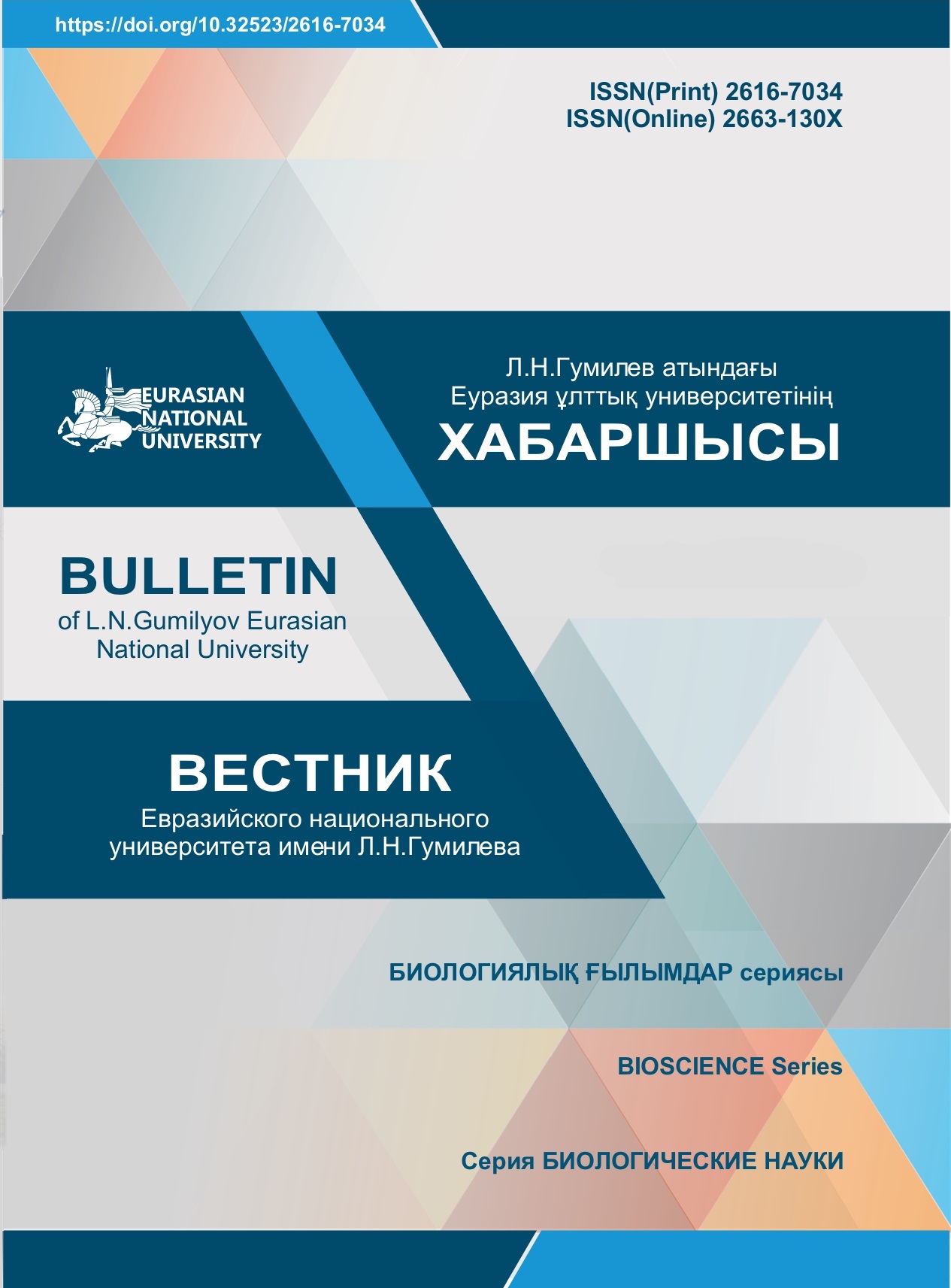Use of vermiculture for processing bottom sediments contaminated with petroleum products
Views: 145 / PDF downloads: 146
Keywords:
vermiculture, Eisenia foetida, bottom sediments, silt, oil products, population dynamicsAbstract
The vermiculture was kept in plastic containers on a mixture of sludge from oil mine treatment facilities and peat. It has been shown that bottom sediments contaminated with petroleum products can be used as a component of a vermicompostable mixture. During the processing process, the content of petroleum products in the composting mixture significantly reduced, but the level of reduction varied depending on the ratio of sludge and peat in the vermicomposting mixtures. The optimal mixture options for faster processing of the substrate include a mixture of contaminated sludge and filler in a ratio of 30:70 and 50:50. Reproductive performance of earthworms, as well as the increase in the number and biomass of juveniles, remains low in all variants of mixtures, but is close to optimal at a 30% content or in composted material.








